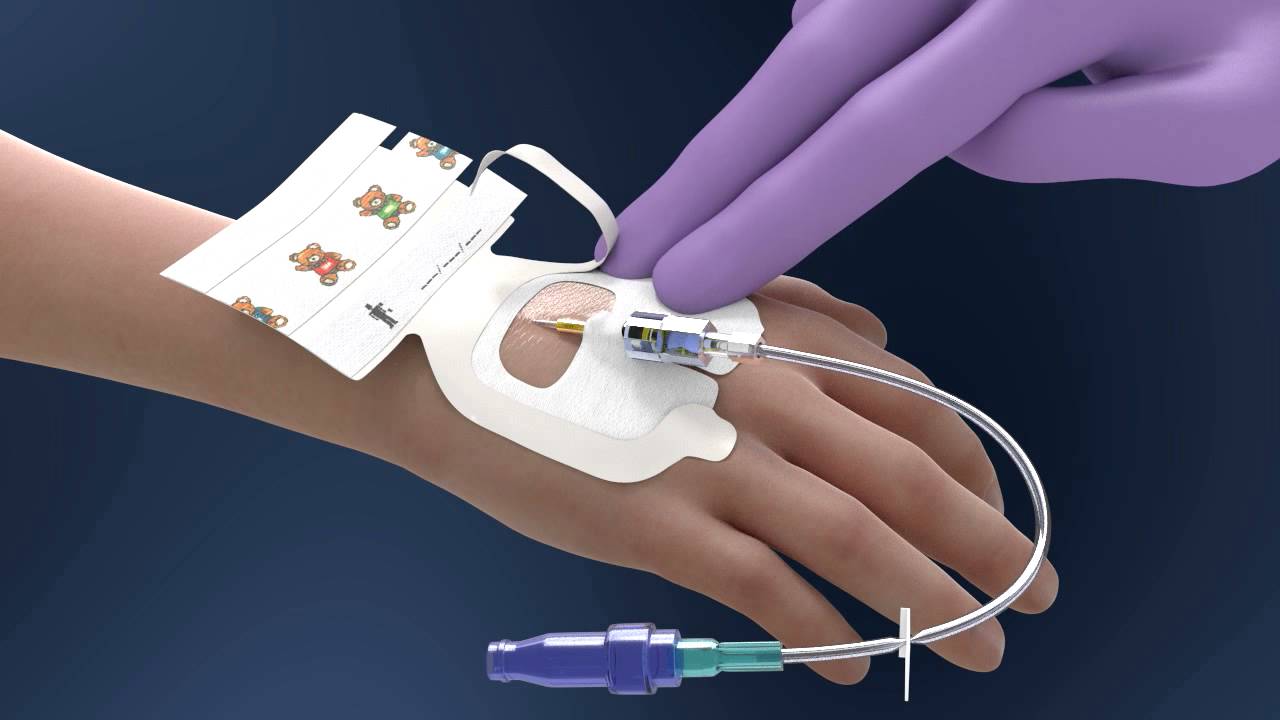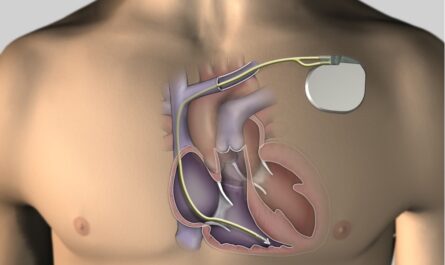An intravenous (IV) dressing is a critical component of IV therapy. The IV dressing helps secure and protect the catheter insertion site, while also preventing infection. With advances in IV dressing technology, securing IV sites has become safer and more comfortable for patients. This article will explore the different types of IV dressings available, their proper application, and importance in IV therapy.
Securement Methods
There are a few main methods for securing IV catheters: tape, transparent dressings, and securement devices.
Tape
medical tape was historically the most common method for securing IVs. However, tape can be uncomfortable for patients when removed and poses a higher risk of site contamination. Various tapes are available, including paper tapes, cloth tapes, and transparent tapes. Of these, transparent tapes allow for better site visibility.
Transparent Dressings
Transparent dressings are semi-permeable films that adhere directly to the skin. They provide a barrier while still allowing the site to “breathe.” Many transparent dressings have anchoring wings or pads to improve securement. 3M Tegaderm and IV3000 are popular brands. Transparent dressings reduce the risk of dislodging the catheter compared to tape and are less painful to remove.
Securement Devices
Securement devices utilize adhesive backing and Velcro-like straps or clips to anchor the catheter. Common devices include StatLock, Crystaseal, and Saf-T-Ject. These tools distribute tension across a broader skin surface, reducing pressure and trauma at removal. They allow for dressing changes without disturbing the insertion site. Securement devices provide the strongest fixation of any method.
Dressing Change Technique
Proper dressing change technique prevents contamination and unnecessary disruption at the insertion site. Some key steps include:
– Wash hands and don clean gloves before touching the dressing or site.
– Inspect for redness, swelling, or drainage around the catheter entry point.
– Slowly and gently remove the old dressing to avoid tugging on the catheter.
– Cleanse the skin with antiseptic, going from the catheter outward in a circular motion. Let fully dry.
– Apply a new sterile transparent dressing or securement device according to the product’s directions.
– Confirm the dressing is flat and tight to the skin without wrinkles.
– Document the condition of the insertion site and any dressing change in the patient’s chart.
Dressing Replacement Schedule
The frequency of IV Dressings changes depends on the dressing type, location, and patient’s condition. In general:
– Tape requires replacement every 1-2 days to prevent residue buildup.
– Transparent dressings and securement devices can remain in place for up to 7 days unless soiled, loose, or if infusion therapy ends.
– Patient bathing usually requires dressing replacement to maintain a clean, dry site.
– Sites on hands or feet exposing the dressing to more moisture may need changed more often, every 2-3 days.
– Symptomatic sites showing redness, drainage, or pain warrant more frequent evaluation and dressing refresh if indicated.
Choosing the Right Dressing
When selecting an IV dressing, consider:
– Patient preference (e.g. comfort)
– Catheter material
– Insertion site location
– Infusion treatment duration
– Need for patient ambulation or bathing
– Risk for dislodgment or infection
In most cases, transparent dressings or securement devices provide optimum site protection compared to tape. They reduce pain on removal, enhance securement, and allow easy visual inspection. Securement devices give the highest security for mobile patients or long-term IV lines.
Special Site Considerations
Certain locations pose unique challenges for IV dressing. Some examples:
Hands and Fingers
Thin, flexible dressing that flexes with hand movement. Must not impair finger function. Replace frequently due to moisture exposure.
Scalp Veins
Avoid tape due to hair pull. Use transparent dressing or securement device with extra anchoring wings or pads for security.
Eyes and Face
Use small transparent dressing; skip tape which can pull on delicate skin. Chlorhexidine may irritate eyes; use povidone-iodine instead if needed.
Arterial or Central Lines
Strict aseptic technique for dressing changes lowers infection risk. Use dressing specific for cuffed or tunneled catheters. Check for hematoma or bleeding.
*Note:
1. Source: Coherent Market Insights, Public sources, Desk research
2. We have leveraged AI tools to mine information and compile it



